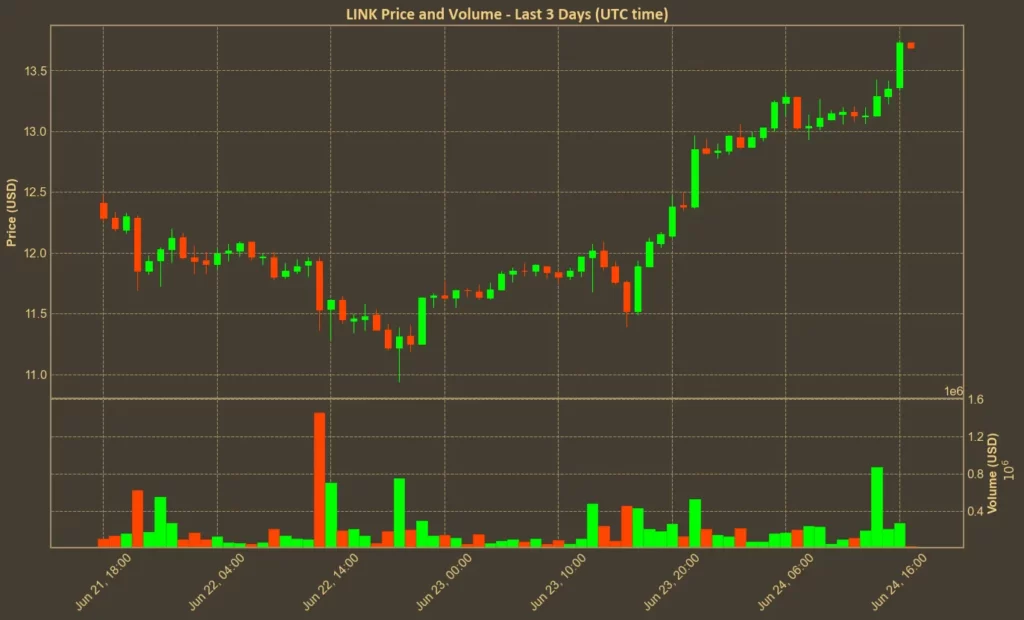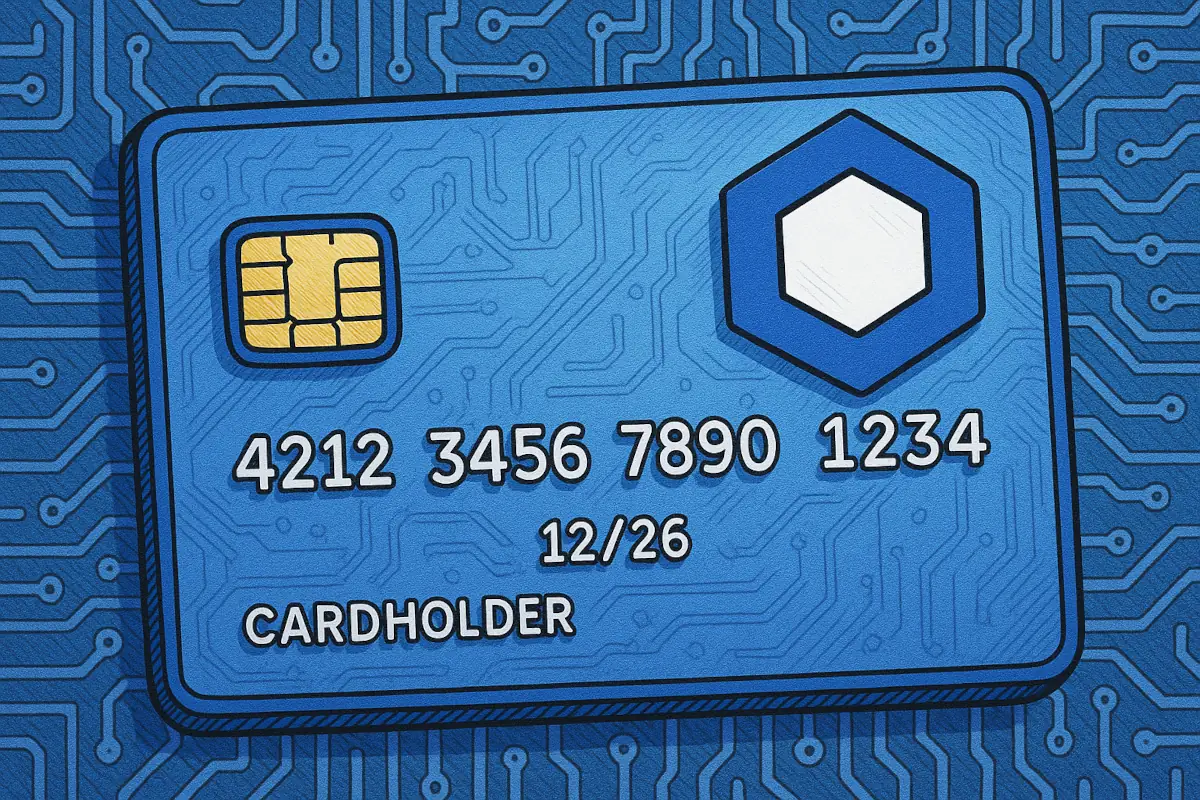Chainlink has announced a partnership with Mastercard that allows over 3 billion cardholders to purchase cryptocurrencies directly onchain. The new system is already operational through Swapper Finance, a platform that integrates traditional card payments with blockchain-based transactions. Chainlink’s native token, LINK, rose sharply after the news, gaining over 18% in a single day.
The collaboration enables users to buy crypto using their regular debit or credit cards, with the entire transaction settled on blockchain networks. Mastercard handles the card payment infrastructure, while Chainlink provides the interoperability layer needed to verify and coordinate transaction data between different systems. The end result is a compliant and automated fiat-to-crypto conversion, completed through smart contracts and decentralized liquidity sources.
Market Response and LINK Price Movement
Chainlink’s LINK token climbed from around $11.5 to $13.7 over the last day, boosted both by the announcement and the ceasefire in the Middle East. This represented one of the strongest daily performances among major cryptocurrencies.

The broader crypto market also saw strong gains, but Chainlink outperformed most other assets, showing investor interest in its expanding real-world applications. Trading volumes for LINK increased across major exchanges, and sentiment among holders appeared to shift in response to the potential long-term impact of the Mastercard integration.
System Deployment and Future Outlook
The onchain purchasing system is currently live and functional on Swapper Finance, which serves as the interface for users. Mastercard provides the payment rails, while Chainlink handles the backend data verification and cross-platform coordination. Supporting services from Zerohash, Shift4, XSwap, and Uniswap are integrated into the flow to complete the transaction in a compliant and decentralized way.
While no additional expansion plans have been confirmed, the companies involved have indicated that the solution may be adapted for future use cases. The system is designed to be scalable and could eventually be extended to cover additional services or geographic markets. At this stage, the focus remains on enabling compliant, secure access to digital assets using familiar payment tools.




